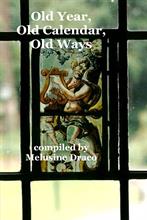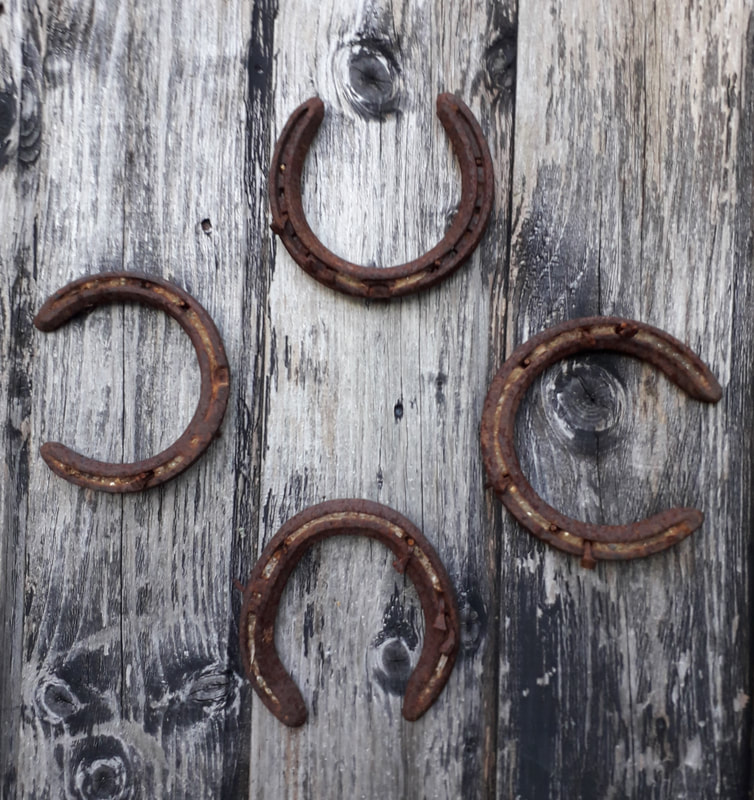
Heligh-monat or Holy-month with the Mid-Winter Festival and the Winter Solstice
According to the astronomical definition of the seasons, the Winter Solstice also marks the beginning of the season of winter, which lasts until the Vernal Equinox (20th or 21st March in the Northern Hemisphere, or 22nd or 23rd September in the Southern Hemisphere). After the Solstice, the days get longer, and the day has thus been celebrated in many cultures as a time of rebirth. This is the holiest and most sacred time of the pagan year.
In his book The White Goddess, the author Robert Graves proposed that the mythological figure of the Holly King represents one half of the year, while the other is personified by his counterpart and adversary the Oak King: the two battle endlessly as the seasons turn. At Midsummer the Oak King is at the height of his strength, while the Holly King is at his weakest. The Holly King begins to regain his power, and at the Autumn Equinox, the tables finally turn in the Holly King’s favour; his strength peaks at Midwinter.
A similar idea was suggested by Sir James Frazer in his work The Golden Bough in the section entitled The Battle of Summer and Winter. Frazer drew parallels between the folk-customs associated with May Day or the changing seasons in Scandinavian, Bavarian and Native American cultures, amongst others, in support of this theory. The Divine King of Frazer-fame was also split into the kings of winter and summer as in Graves’ work. The battle of light with dark is commonly played out in traditional folk dance and mummers’ plays across Britain such as Calan Mai in Wales, Mazey Day in Cornwall and Jack in the Green traditions in England, which typically include a ritual battle in some form.
While Professor E O James in Seasonal Feasts and Festivals confirms that: “Around the Christmas Festival, a great variety of ancient seasonal customs and beliefs from a number of different sources clustered, originally observed from the beginning of November [old Hallowe’en] to the end of January [Candlemas], particularly those connected with the Winter Solstice rites…” Except the poor Old Lass doesn’t get a wake-up call to participate in the festivities …
Folklore also plays an important role in preserving our Craft heritage, even if it hasn’t always been written from such a standpoint. Numerous Victorian compendia can still be discovered in the stocks of secondhand booksellers - often researched and compiled by important academics of the day. If we discount the Christianized overlay of the interpretations given we can unearth valuable information pertinent to our own studies that are consistent with this late-Victorian interest in collecting and (re-)organizing cultural facts and fake-lore. Such as, Finger-ring lore: historical, legendary, anecdotal by William Jones, FSA (1877); Folk Lore of Shakespeare by T F Thistleton Dyers ( 1883); The Golden Bough by Sir J G Frazer (1890) Modern Greek Folklore and Ancient Greek Religion by John Cuthbert Lawson (1910) and many, many more – especially those in the Forgotten Books’ Classic Reprint series.
What new-comers do need to be on their guard against, however, are the internet listings for esoteric subjects that turn out to be role-playing games in the fantasy genre. For example:
Sephiroth is a fictional character and main antagonist in the role-playing video game Final Fantasy VII
Sephirah comes from Hebrew meaning ‘enumeration’ or jewel. The plural is sephiroth, which refers to the ten interconnecting spheres on the Qabalistic Tree of Life …
Not much difference, is there!? Make no mistake, some of the entries relating to fantasy ‘characters’ are extremely well-written and convincing, and obviously well-researched, but from a magical standpoint – forget it. This form of story-telling belongs firmly in the realms of fantasy and should not, for any reason, be confused with authentic folklore and mythology – and true magic. Several of our Elders also belong to various academic/historical societies, which means that colleagues can call upon them for advice and/or clarification concerning further reading or paths of enquiry. Or there are societies that can be connected to direct:
The Folklore Society is a national association in the United Kingdom for the study of folklore. It is a learned society, founded in London in 1868 and devoted to the study of all aspects of folklore and tradition, including: ballads, folktales, fairy tales, myths, legends, traditional song and dance, folk plays, games, seasonal events, calendar customs, child-lore and children's folklore, folk arts and crafts, popular belief, folk religion, material culture, vernacular language, sayings, proverbs and nursery rhymes, folk medicine, plant-lore and weather lore.
With the foundation of The Folklore of Ireland Society (An Cumann le Béaloideas Éireann) in 1927, the idea of the scientific collection, preservation, indexing and publication of the folklore of Ireland, in all its richness, variety and imaginative intensity, gained momentum leading in the 1970s, to the establishment of the thriving academic discipline, Irish Folklore at University College Dublin. The Society’s journal, Béaloideas, which first appeared in 1927, now numbers over eighty volumes and can be accessed online.
St Fagans National Museum of History, commonly referred to as St Fagans after the village where it is located, is an open-air museum in Cardiff chronicling the historical lifestyle, culture, and architecture of the Welsh people. The museum is part of the wider network of Amgueddfa Cymru – National Museum Wales.
Scottish Anthropological and Folklore Society is part of the National Archive and the website has a summary including a brief description of the collection(s); usually including the covering dates of the collection, the name of the archive where they are held, and reference information to help you find the appropriate collection.
Folklore plays an integral role in the serious study of traditional British Old Craft because so much of our lore has unintentionally been recorded in those Victorian compendia, albeit in the guise of love charms, simples and protections against witches. Once we get used to separating the pagan wheat from the Christian chaff it is easy to see just how much information can be discovered in those Victorian ‘novelties’. It also explains why Old Crafters can always be found browsing the folklore and natural history shelves in secondhand bookshops and acquiring some lovely old books in the process.
.









 RSS Feed
RSS Feed